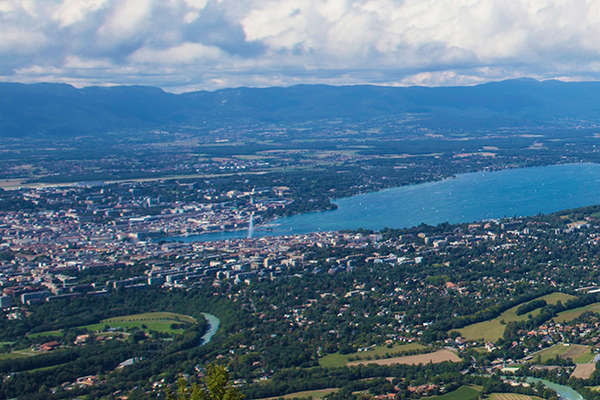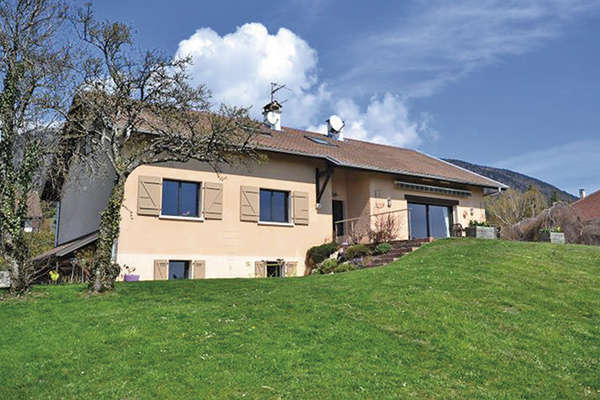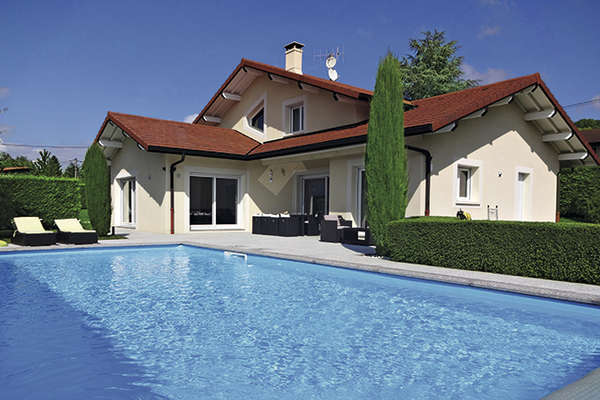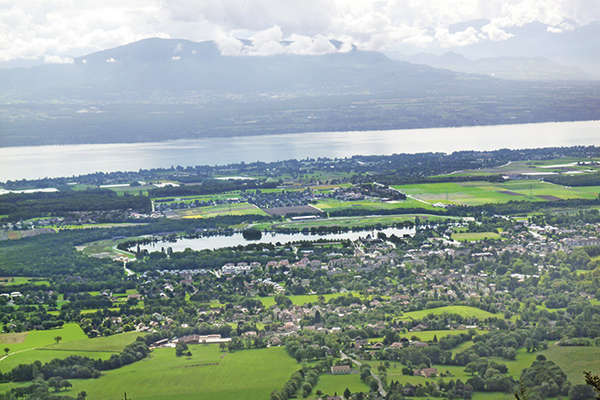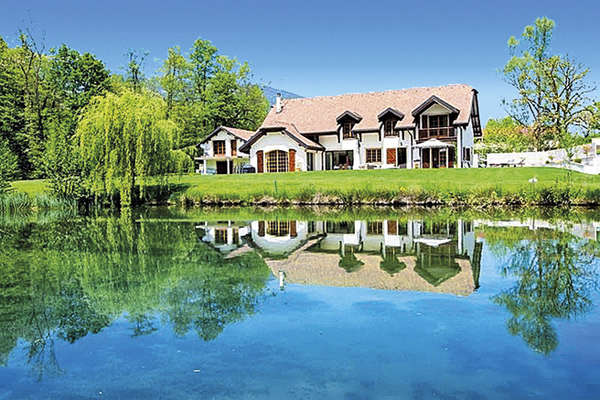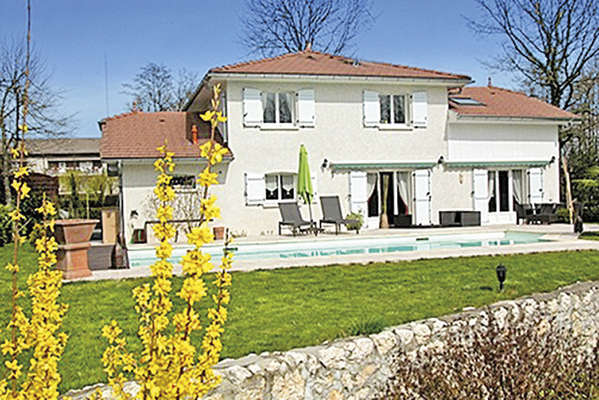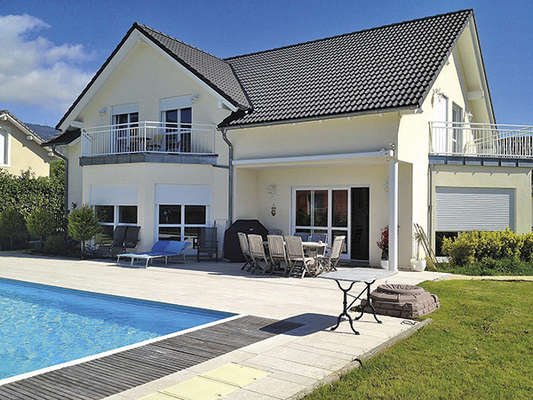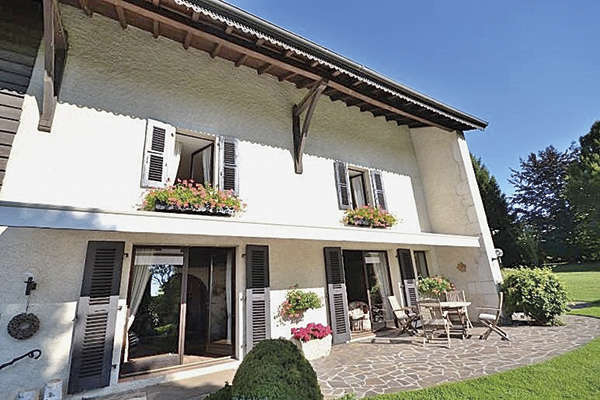Gaillac, a diverse array of housing
By Laetitia Rossi - 21 January 2011
If the town was first mentioned in Gallo-Roman times, it really came into its own in 972 A.D., stretching out around the Benedictine monastery. From its earliest beginnings, cultivation of vines, on both banks of the River Tarn, played an influential part in the direction it would take economically.
The conditions necessary for a great wine-producing centre were met very quickly. The divine nectar travelled down the Tarn and Garonne Rivers to Bordeaux, the port from which it pursued its journey towards French and north European markets. A charter was drawn up in the 18th century, guaranteeing the quality of the region’s white wines. The industry embarked upon a new stage in its history in the 19th and early 20th centuries. 140 metres above sea level and bordered to the south by the river that lends its name to the region, Gaillac is home to nearly 13,000 people. Between Toulouse, Montauban and Albi, the town plays host to the Abbey of Saint-Michel, entirely restored during the 1990’s, and the Château de Foucaud, surrounded by gardens designed by Le Nôtre. It also offers a wide choice of schools, sports facilities, three museums and a mediatheque.
“Gaillac is the third largest town in Le Tarn after Albi and Castres,” say Jean-Yves Faucon, manager, and Geneviève Marois, sales manager, of Laforêt Immobilier. Potential buyers work either on site, towards Albi, 10 minutes away by car or train, or even close to Toulouse, 30 minutes away. Very often, Monsieur is employed in a commune in “département” 81 or 31, while Madame works in another, and they naturally decide to settle in Gaillac, a town on a human scale with easy access and a pleasant life-style. Local workers rub shoulders with others transferred from elsewhere, retirees or foreigners attracted by the region. Young people make a simple calculation : armed with a budget corresponding to a 2-bedroom apartment in the City of Violets, they opt for a detached house with a garden. The land of rugby offers a highly diversified property market, an advantage in times of crisis. It ranges from village houses to country residences, small surface areas to properties of several acres, the contemporary style to houses of character with an age-old patina, stone, brick and pebbledash. Recent offerings of 90-180 m2 with gardens of 1,000-3,000 m2 cost from 180,000 to 300,000 €. Older properties, al-ready renovated or awaiting restoration, in grounds of 5,000 m2 or more, range from 300,000 to 800,000 €. Building plots with mains connections, on estates, from 500 to 1,200 m2, sell for 40,000-80,000 €. A plot of 2,000 m2 in the country, with utilities to be installed, ranges from 50,000 to 75,000 €. Sales of apartments are few and far between, except in the case of the very specific market of entire buildings, on offer between 150,000 and 500,000 €, depending on the expected rental income. 2010 showed steady progression : prices stabilized, even evidencing a slight upward trend caused by strong demand, higher bud-gets than those available in 2009, and favorable lending conditions. Gaillac is indeed very appealing, especially as it enjoys a very convenient geographical position.
“The incredibly diversity on the market makes it impossible to define a bull’s-eye target for either the properties themselves or for buyer profiles,” says Brigitte Barthe of Barthe Immobilier. She does, however, note a clear preference for individual housing with the majority of buyers focusing on the 100,000 to 250,000 € bracket. Among her most recent sales, she mentions a house of 90 m2 in need of a lick of paint, with a garden of 700 m2, sold for 140,000 € ; a farm of 150 m2 requiring modernization, with almost 5 acres of land, for 270,000 € ; a house of 120 m2 with a garden of 1,200 m2 on the banks of the Tarn, for 195,000 € ; and a village house of 100 m2, partly in need of restoration, with a garden and garage, for 80,000 €. “If there were more properties of this kind or, in general, homes at the lower end of the scale, we could sell them all,” laments Brigitte Barthe. In fact, as long as a property is fairly estimated and has no defects, it sells whatever the price bracket. Finally, the town centre is experiencing renewed popularity among families who had abandoned the urban life-style in favour of the countryside. Though the village house, with a terrace or garden, currently wins all the votes.
